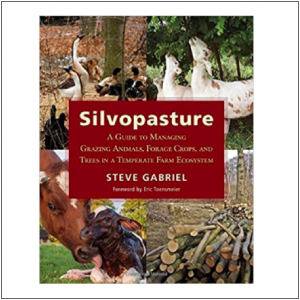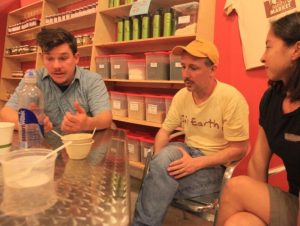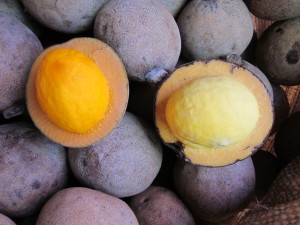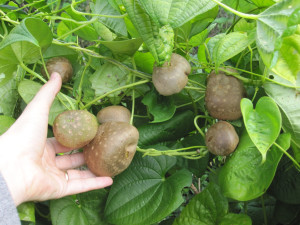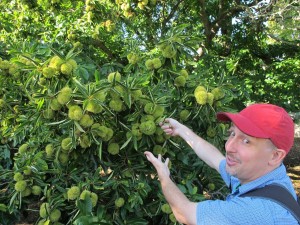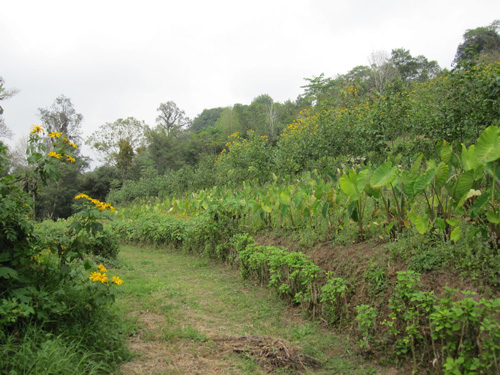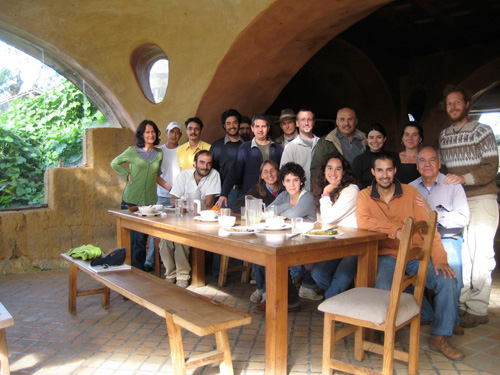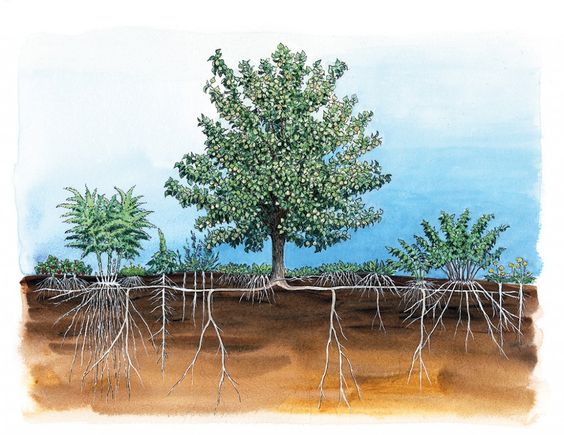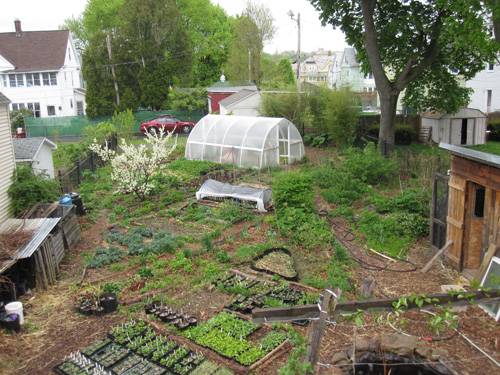As I research my book on carbon-sequestering agriculture I am occasionally struck by particularly promising techniques that mitigate climate change, build soils, and actually increase production of human food or other yields. One such system that has me excited this week is intensive silvopasture.
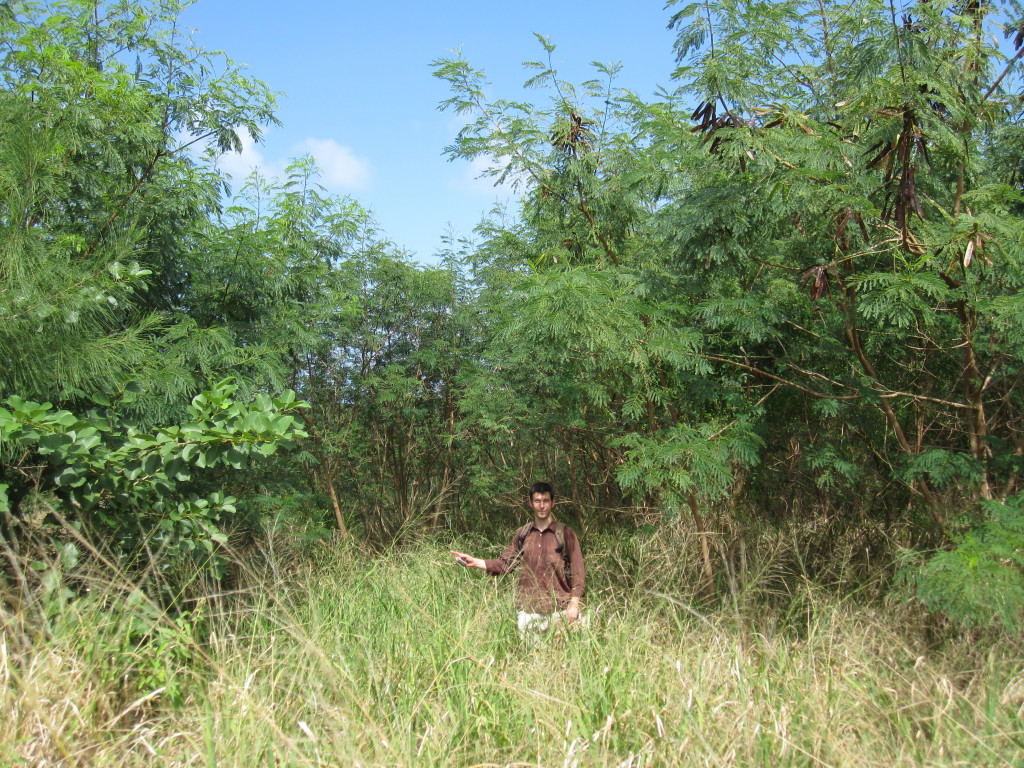
Intensive silvopasture combines improved pasture with extremely high densities of woody nitrogen-fixing legumes, typically Leucaena leucocephala. These trees are planted at a remarkable 8-10,000 per hectare (up to one per square meter). Grazing is under a planned rotation regime with electric fencing. Livestock graze the trees along with the pasture, with Leucaena resprouting rapidly in the resting period when livestock are rotated out of the paddock. In some cases useful woody overstory species are also incorporated.[i]
Intensive silvopasture was developed in Australia in the 1970s, where it is currently practiced on 200,000 hectares. There are over 5,000 ha in Colombia and 3,000 in Mexico, with ambitious plans for large-scale expansion in both Latin American nations. Colombian and Mexican producers have adapted the system by adding more timber, palm, and fruit trees.[ii] Research is needed to determine the suitability of intensive silvopasture outside of humid tropical regions, where plentiful water and sunlight doubtless contribute to its productivity. Species with potential in colder and drier regions include Albizia julibrussin, Chamaecytisis palmensis, Lespedeza bicolor, Amorpha fruticosa, Eleagnus angustifolia and Atriplex canescens. [iii]
Intensive silvopasture sequesters carbon at the high end of silvopasture potential, with a study in Colombia reporting 8.8 tons per hectare per year. When timber trees are incorporated, this soars to 26.6 tons per hectare per year, an extremely impressive number. [iv] In addition, the abundance of Leucaena leaves in the ruminant diet in these systems results in a lower methane emission per cow. [v]
Yield impacts are astounding. Intensive silvopasture permits the stocking of 2-4 times more livestock per hectare and 2-10 times more meat per hectare. [vi] Intensive silvopasture can also help reduce the effects of parasites and diseases on livestock by providing habitat for beneficial organisms. It also improves water quality and biodiversity. [vii]
[i] Cesar Cuartas Cardona et. al., “Contribution of Intensive Silvopastoral Systems to Animal Performance and to Adaptation and Mitigation of Climate Change”, 7.
[ii] Cesar Cuartas Cardona et. al., “Contribution of Intensive Silvopastoral Systems to Animal Performance and to Adaptation and Mitigation of Climate Change”, 7.
[iii] Uma Karki, ed., Sustainable Year-Round Forage Production and Grazing/Browsing Management for Goats in the Southern Region, 128.
[iv] Cesar Cuartas Cardona et. al., “Contribution of Intensive Silvopastoral Systems to Animal Performance and to Adaptation and Mitigation of Climate Change”, 12.
[v] Cesar Cuartas Cardona et. al., “Contribution of Intensive Silvopastoral Systems to Animal Performance and to Adaptation and Mitigation of Climate Change”, 12.
[vi] Cesar Cuartas Cardona et. al., “Contribution of Intensive Silvopastoral Systems to Animal Performance and to Adaptation and Mitigation of Climate Change”, 9.
[vii] Cesar Cuartas Cardona et. al., “Contribution of Intensive Silvopastoral Systems to Animal Performance and to Adaptation and Mitigation of Climate Change”,7-9.

